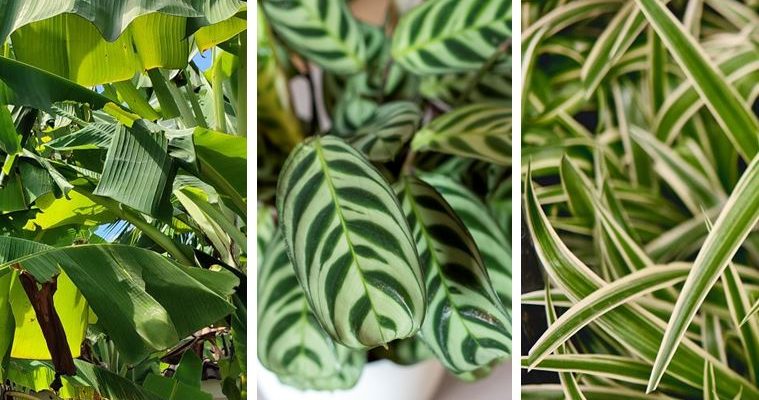1. Calathea

There are different varieties of Calathea with leaves of different shapes and colors. For your interior, you can bet on one of these very graphic plants whose unique foliage opens during the day and folds up at night, or even on a whole collection of them. Cohabitation with your 4-legged friend will be risk-free.
2. Chlorophytum

Also called “spider plant”, Chlorophytum is very easy to grow and multiply, since it produces babies itself, will have the most beautiful effect in your interior with its fine and luminous foliage.
It also has the advantage of can be installed in suspension to keep it away from your animals, especially your cat who will love to play with its runners. Once settled in a suitable location, it will grow quite quickly.
3. Soleirolia soleirolii

Also called Helxine, this perennial ground cover plant can be grown outdoors, but also indoors. With its compact port and dense foliage, which can be green, gold, silver or bronze, it is perfect for growing in suspension. This can also be a good idea to prevent your cat from using it as a cushion.
Tip: To promote its development, choose a bright location and ensure that its substrate is always slightly moist.
4. Orchid
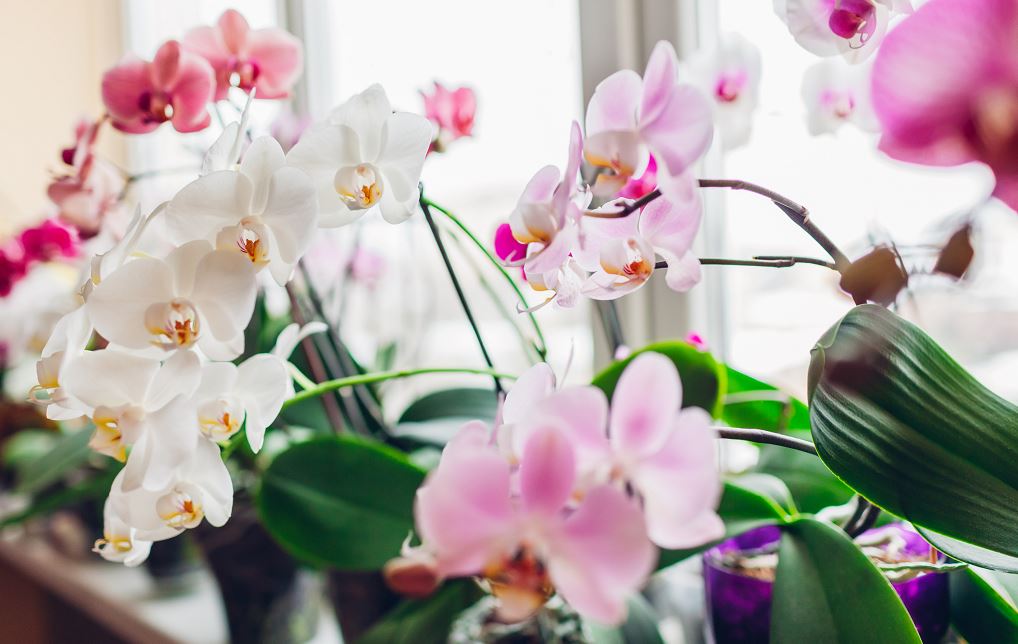
Known for its magnificent flowering, the orchid is a plant that you can adopt without risk for your pets.
To enjoy beautiful flowers, it will be necessary to choose the location of your orchid carefully, that is to say in a bright space without direct sunlight, and to water it by drench. You will be spoiled for choice, as there are many varieties of different colors and shapes.
5. Pilea peperomioides

This succulent is well known for its round leaves which earned it its nickname of “Chinese money plant”. It is a graphic plant that has a lot of charm and requires little maintenance.
The best location for her is a space in full light, without direct sun. Plus, you can rest easy, because she’s without risk for your cat, as for your dog.
6. Tillandsia

This curious little plant has no root and only needs to be placed on a support or suspended in the air. With this epiphytic plant in your interior, you are not only betting on safety for your animals, but also on originality. It likes bright light, but no direct sun. For its proper development, it does not need any substratebut of a humid atmosphere.
7. Beaucarnea

Also known as the “elephant’s foot palm” because of its trunk which is swollen at the base, this small tree is safe for your pet as long as you opt for a non-toxic variety, such as ‘beaucarnea recurvata’.
With its air of a mini-palm tree, it is drought resistant, because it stores water in its trunk. It therefore supports forgetfulness of watering. If you have a cat, no doubt it will take great pleasure in pawing at the elegant foliage of your plant.
8. Maranta Leuconeura

Close to the calathea, the maranta is a perennial plant that sports light and dark green foliage, veined with pink. Very graphic, its leaves spread out during the day and straighten up at night to rest.
This very ornamental plant and safe for pets needs a location that is not too bright, but benefits from good humidity, and a draining substrate.
Tip: To compensate for the lack of humidity, you can install the pot in a dish filled with regularly moistened clay pebbles. They will release moisture continuously.
9. Venus Flytrap

If you are looking for a carnivorous plant that ne is not toxic for your cat or your dog, you can opt for Venus flytrap. This famous little plant is armed with jaw-like traps that close in on their prey.
The only disadvantage of this type of plant is that your dog or your cat can involuntarily request the traps too often with a blow of paw or muzzle, however it should be known that traps die after 3 taps.
10. Mimosa pudica

This strange little plant holds its originality in the fact that it closes its leaves as soon as it is touched, as if by a little paw from a cat or a dog, or simply when you pass by, which earned it its nickname of “sensitive”. With very cut foliage and a bushy habit, this plant is to be grown in a bright interior and to be watered copiously.
11. Silver Peperomia
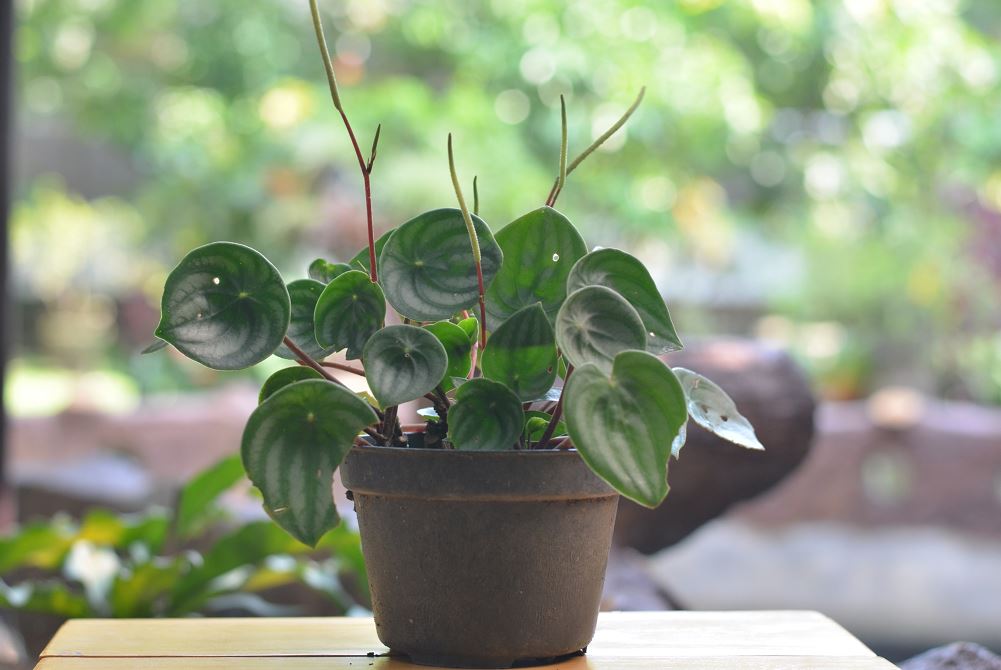
This perennial plant bears silver-striped leaves that resemble the skin of a watermelon, which also earned it the name “watermelon peperomia.” She asks to be installed in a rather sunny locationbut without direct sunlight, and to be watered moderately, as its roots tend to rot easily.
12. Ceropegia
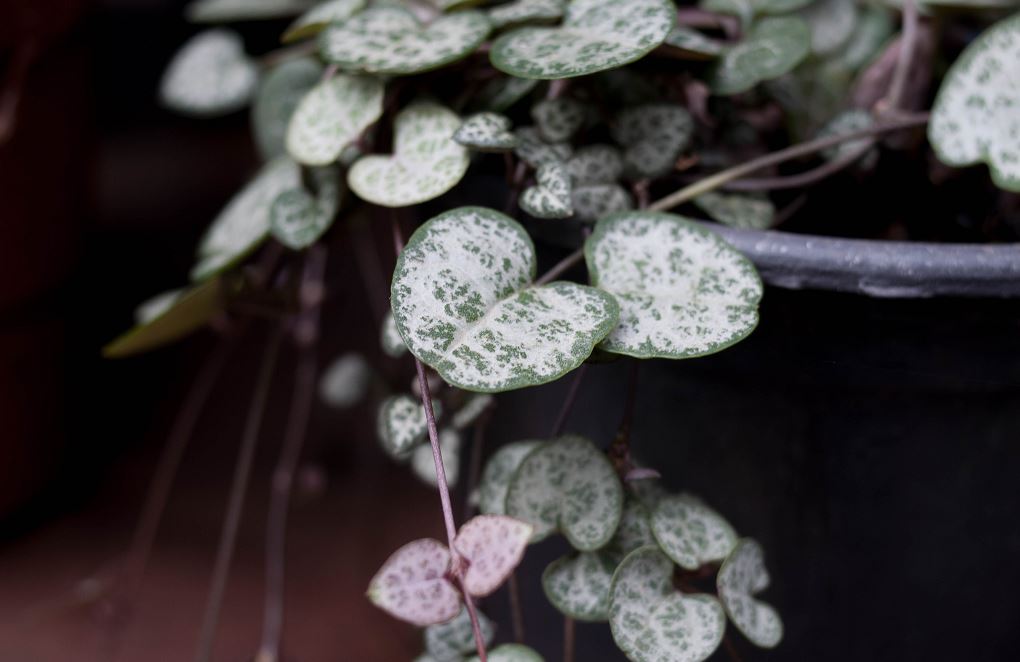
Also known as the “chain of hearts”, this succulent has a very original appearance with its drooping stems covered with small silver-grey leaves in the shape of hearts. It is easily cultivated, because it is only undemanding.
She is non-toxic to animals and if these have the unfortunate tendency to destroy your plants, you can hang it to put it out of their reach.
13. Fern

It exists different varieties of ferns, such as the blue fern or, even more commonly, the Boston fern. Indoors, it is known for its air-purifying properties, but it is also safe for pets.
You can install it in suspension, preferably in a humid and bright room.
14. Banana Tree
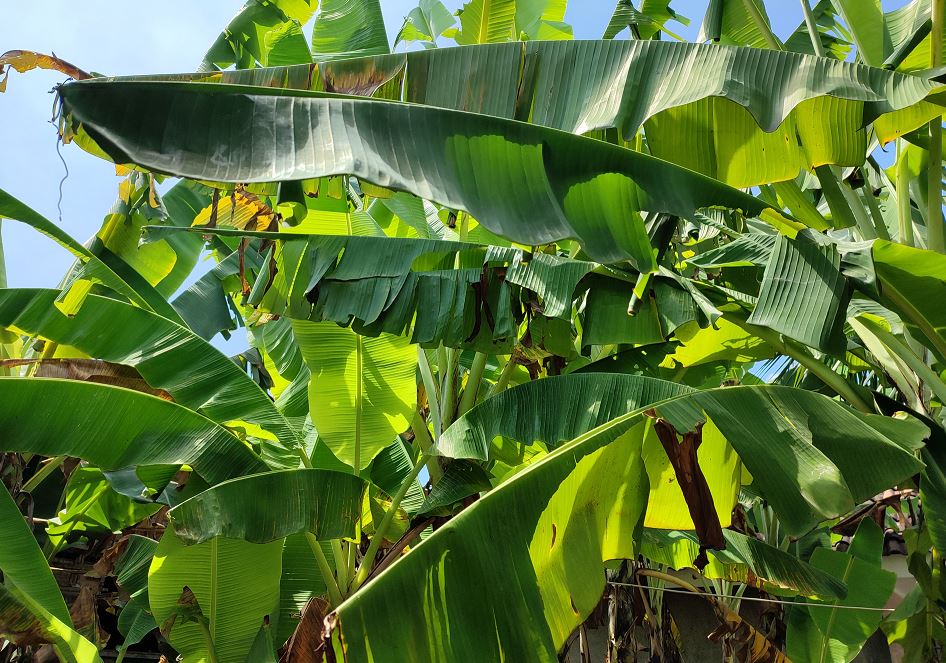
Want a bigger plant for your interior? Bet on a banana tree! If it is safe for your pet, the reverse is not so safe. However, this herbaceous plant will bring an exotic touch to your interior. The banana tree grows very well in a pot in a light location or in partial shade.
15. Palm Tree
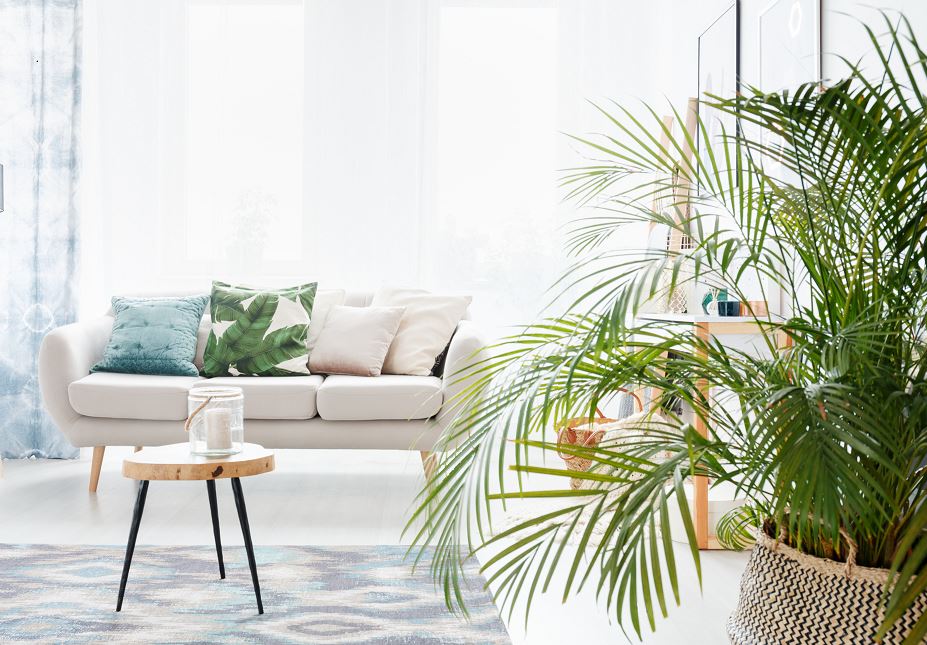
If you like towering plants in your interior, the palm tree is the ideal choice for you. You can opt for the Canary palm or the Areca palm, for example. The latter is very graphic with its cut foliage which falls on either side of the plant, which will greatly amuse your cat, if you have one, but withouthe runs no risk. It remains to be seen whether the same can be said of the palm tree!

